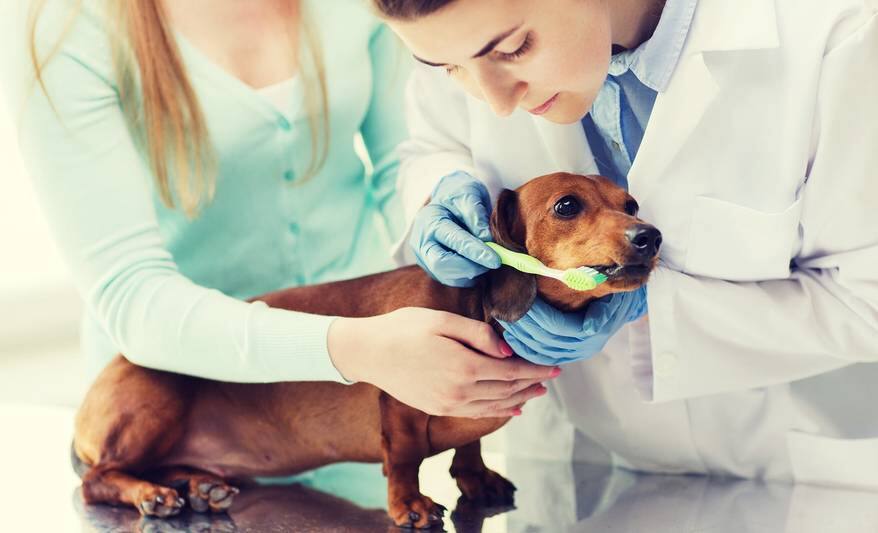
-
Find the right food for your pet
Take this quiz to see which food may be the best for your furry friend.
Find the right food for your pet
Take this quiz to see which food may be the best for your furry friend.
Featured products
 Adult Perfect Weight & Joint Support Chicken Recipe Dry Dog Food
Adult Perfect Weight & Joint Support Chicken Recipe Dry Dog FoodThis weight management and mobility support dog food was created with Hill’s unique understanding of the biology of overweight dogs.
Shop Now Adult 7+ No Corn, Wheat, Soy Chicken & Brown Rice Dog Food
Adult 7+ No Corn, Wheat, Soy Chicken & Brown Rice Dog FoodSupports energy level and beautiful coat in mature dogs
Shop Now Adult 7+ Perfect Digestion Chicken, Whole Oats & Brown Rice Recipe Dog Food
Adult 7+ Perfect Digestion Chicken, Whole Oats & Brown Rice Recipe Dog FoodScience Diet's breakthrough nutrition supports ultimate digestive well-being & healthy microbiome for dogs age 7+
Shop NowFeatured products
 Adult Perfect Digestion Chicken, Barley & Whole Oats Recipe Cat Food
Adult Perfect Digestion Chicken, Barley & Whole Oats Recipe Cat FoodScience Diet's breakthrough nutrition supports ultimate digestive well-being & healthy microbiome
Shop Now Adult Savory Chicken Entrée Cat Food
Adult Savory Chicken Entrée Cat FoodPrecisely balanced nutrition with the delicious taste of savory minced chicken to help fuel the energy needs of cats during the prime of their life
Shop Now Perfect Weight Salmon & Vegetable Canned Cat Food
Perfect Weight Salmon & Vegetable Canned Cat FoodOver 70% of cats lost weight within 10 weeks when fed this nutrition
Shop Now -
Dog
- Dog Tips & Articles
-
Health Category
- Weight
- Food & Environmental Sensitivities
- Urinary
- Digestive
- Joint
- Kidney
-
Life Stage
- Puppy Nutrition
- Adult Nutrition
- Senior Nutrition
Cat
- Cat Tips & Articles
-
Health Category
- Weight
- Skin & Food Sensitivities
- Urinary
- Digestive
- Kidney
-
Life Stage
- Kitten Nutrition
- Adult Nutrition
Featured articles
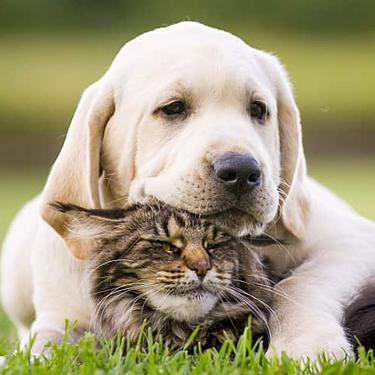 The Incredible Science Behind Your Pet's Microbiome
The Incredible Science Behind Your Pet's MicrobiomeLearn what a pet's microbiome is, how it contributes to your pet's gut & overall health, and why nutrition is important in maintaining healthy microbiomes.
Read More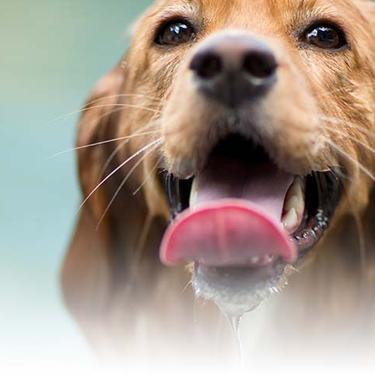 Water
WaterDiscover why water is the most important nutrient for your dog or cat to live a healthy life. Find out how much water your pet should consume each day.
Read More Pet Food Storage Tips
Pet Food Storage TipsDiscover how and where to store your dry, as well as canned, dog and cat food. Learn how to find the "best before" dates on all Hill's pet food packaging.
Read More -
Find the right food for your pet
Find the right food for your pet


When you're considering pet health care, one topic that pet parents sometimes overlook is dental health. Teeth cleaning for a dog or cat is important at all life stages. Did you know that by the age of three years old, the majority of pets have some form of periodontal (gum) disease, according to the American Veterinary Dental College?
Good dental care is more than just brushing their pearly whites. Sometimes, a veterinary dental procedure like a deep teeth cleaning for your dog or cat is essential to prevent serious dental issues.
A Fresh Start
A healthy dog mouth or sparkling kitty grin often begins at home with the range of available food, treats, and toys that keep bacteria from building up on teeth and gums. Dogs and cats can benefit from a thorough teeth cleaning at home with products that you can purchase at any pet store. However, vet dental care is not just for extreme cases. Instead of waiting until you notice tartar buildup or bad breath, schedule a deep dental cleaning once a year at the vet's office. A professional pet teeth cleaning can accomplish more than regular teeth brushing at home (just like at a human's dentist visit), and a mix of home care and vet attention is the best way to reduce dental issues for your furry companion.
Deep Cleaning Details
Vet dental visits vary depending on the size, species, and the severity of any tooth problems. Cleanings will include anesthesia. For a deep clean, a vet has to access the area under the gumline—an uncomfortable and startling procedure for a pet that is fully awake. Anesthetizing your furry friend is crucial for checking the gumline and preventing periodontal disease. Trying to clean under your cat or dog's gums at home might injure your pet and earn you a snap and a scratch, so this is a procedure best left to professionals.
Another component of deep cleaning involves scaling and polishing the crown of the tooth (the visible part). Your vet will have a variety of tools to suit your pet's mouth and needs. Some may look like the picks and scrapers your dental hygienist uses, but the pieces of a veterinary dental kit are shaped specifically for animal teeth. Your vet will also know the special treatment required for every tooth from a huge Great Dane molar to a tiny kitten incisor.
Finally, a vet may take x-rays while your pet is under anesthesia. Just like human dentists use x-rays to find tooth and jaw problems that are invisible to the naked eye, vets need them to determine your pet's dental health needs.


Tasty Tips
Young pets may need several visits in their first year for vaccinations. Adult pets generally benefit from annual check-ups, while senior or special-needs pets might require more frequent visits.
How Often Is Vet Dental Care Needed?
When your kitten or puppy is old enough to start on a puppy or kitten food, talk to your vet about the type of food you are feeding your pet, and have them show you how to do routine dental care at home. The earlier you start, the better it will be for your pet's health. Pets that are used to having their heads and mouths handled from a young age may be more cooperative than if you try to start teeth cleaning later on or after a painful problem. When your pet goes for their first-year checkup, ask your vet if a deep cleaning is needed. Some breeds (like bulldogs and pugs) will need more frequent deep cleanings by a vet due to how their teeth and mouth are naturally formed, according to Animal Wellness Magazine. But every cat and dog is different, so it is always best to follow your vet's recommendations for deep cleanings and overall dental hygiene.
You may not be able to fully prevent your pet from ever having bad breath or developing teeth and gum issues, but regular cleaning will go a long way to preserve your cat or dog's health and quality of life. Work together with your vet to develop a care routine that keeps you and your furry friend smiling!


Chrissie Klinger is an educator, writer and mother of two children, three dogs and three cats. Her dog Jake loves sitting on her lap every chance he gets! She enjoys living an active and eco-friendly lifestyle in rural Pennsylvania.
Related products

Science Diet's breakthrough nutrition supports ultimate digestive well-being & healthy microbiome

Feline Adult Perfect Weight Variety Pack

Precisely balanced nutrition with the delicious taste of savory minced chicken to help fuel the energy needs of cats during the prime of their life

Over 70% of cats lost weight within 10 weeks when fed this nutrition
Related articles
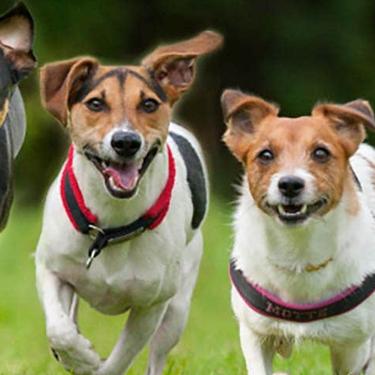
Discover how antioxidants fight against free radicals in your dog or cat's body, and why they are so important to your pet's diet.

Discover how and where to store your dry, as well as canned, dog and cat food. Learn how to find the "best before" dates on all Hill's pet food packaging.

Learn what a pet's microbiome is, how it contributes to your pet's gut & overall health, and why nutrition is important in maintaining healthy microbiomes.

Discover why water is the most important nutrient for your dog or cat to live a healthy life. Find out how much water your pet should consume each day.
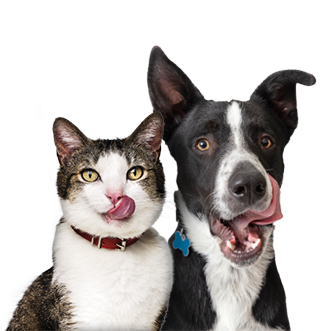
Put your pet on a diet without them knowing
Our low calorie formula helps you control your pet's weight. It's packed with high-quality protein for building lean muscles, and made with purposeful ingredients for a flavorful, nutritious meal. Clinically proven antioxidants, Vitamin C+E, help promote a healthy immune system.
Put your pet on a diet without them knowing
Our low calorie formula helps you control your pet's weight. It's packed with high-quality protein for building lean muscles, and made with purposeful ingredients for a flavorful, nutritious meal. Clinically proven antioxidants, Vitamin C+E, help promote a healthy immune system.


